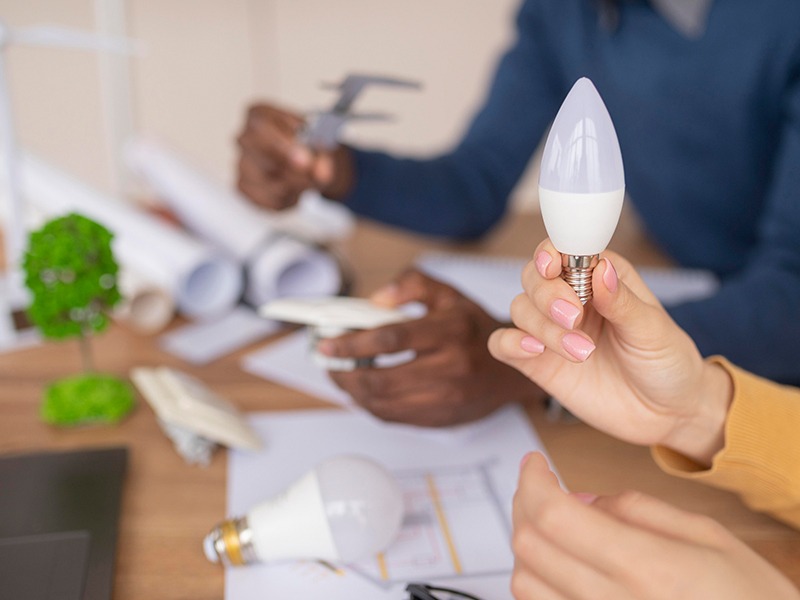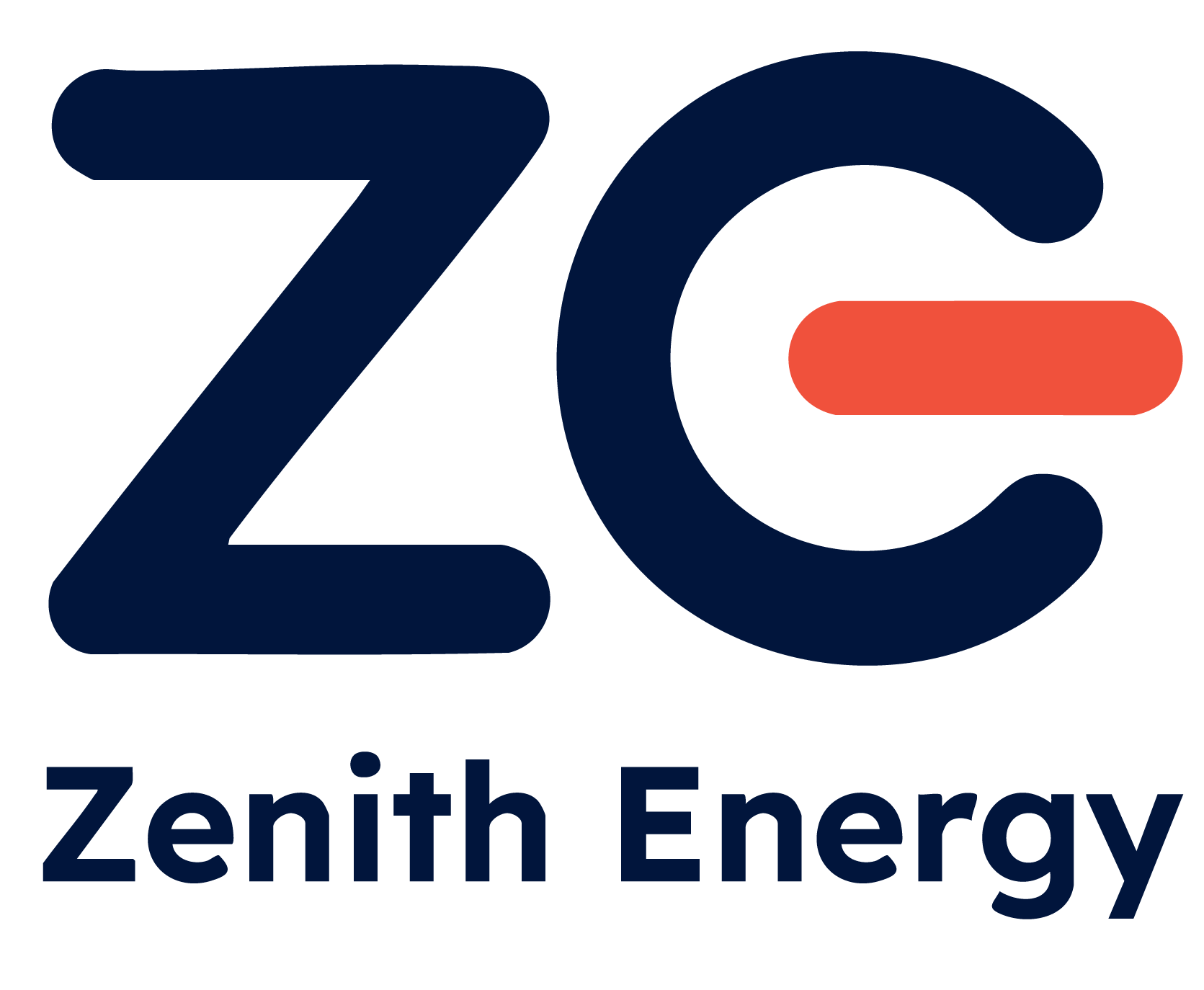In the modern industrial landscape, prioritizing energy efficiency is crucial not only for reducing the environmental impact but also for cutting costs and overall business improvement. By adopting energy-saving strategies, industrial facilities can significantly reduce their utility bills while minimizing their carbon footprint. In this blog, we will explore ten energy efficiency tips, focusing on optimizing natural lighting, being mindful of water usage, and utilizing various energy-saving solutions and technologies.

1. Optimize Natural Lighting and Be Mindful of Water Usage:
Harnessing natural lighting and conserving water are fundamental energy-saving measures in all industrial facilities. By utilizing skylights, windows, and transparent roofing materials, industries can harness natural light, reducing their reliance for artificial lighting. Additionally, implementing water-efficient practices, such as fixing leaks promptly and utilizing recycled water for non-potable purposes, enables the conservation of this valuable resource.
2. Upgrade to 5-Star Energy Equipment:
Transitioning to 5-star energy-rated equipment is a crucial step toward achieving energy efficiency. This includes replacing outdated machinery, motors, and appliances with newer models that meet or exceed stringent energy efficiency standards. These energy-efficient devices consume less electricity without compromising performance, leading to substantial long-term cost savings.
3. Implement Energy Management Systems:
Energy management systems offers real-time data on energy consumption, allowing industries to identify areas of high energy usage and implement measures to optimize efficiency. These systems monitor and control energy consumption, enabling businesses to make informed decisions regarding energy-saving practices.
4. Conduct Energy Audits:
Regular energy efficiency audits are essential for identifying energy wastage and implementing targeted energy-saving measures. Energy audits involve a comprehensive analysis of the facility’s energy usage patterns, equipment performance, and operational practices. By conducting audits, industries can uncover energy inefficiencies and implement cost-effective solutions to reduce energy consumption.
5. Implement Occupancy Sensors and Timers:
Occupancy sensors and timers are effective tools for reducing unnecessary energy usage in industrial spaces. By automatically detecting occupancy levels and adjusting lighting and HVAC systems accordingly, these devices help minimize energy waste in areas that are not in use. They ensure that lights and equipment are only active when needed, saving both energy and money.

6. Consider Energy Storage Solutions:
Energy storage solutions, such as batteries or flywheels, allow industries to store excess energy generated during periods of low demand for later use. This stored energy can be utilized during peak demand periods, reducing reliance on the grid and optimizing energy consumption. Energy storage solutions also provide backup power in case of grid failures or outages.
7. Embrace Renewable Energy Solutions:
Renewable energy sources, such as solar panels or wind turbines, offer sustainable alternatives to traditional energy generation. By embracing renewable energy solutions, industries can generate clean and renewable electricity onsite, reducing reliance on fossil fuels and lowering carbon emissions. Renewable energy can be integrated into existing power systems, providing long-term cost savings and environmental benefits.
8. Optimize HVAC Systems:
Heating, ventilation, and air conditioning (HVAC) systems are significant energy consumers in industrial facilities. Optimizing HVAC systems through regular maintenance, proper insulation, and efficient equipment can result in substantial energy savings. Upgrading to energy-efficient HVAC units, utilizing programmable thermostats, and implementing zone control systems help regulate temperature and reduce unnecessary energy consumption.
9. Invest in Energy-Efficient Appliances:
Industrial facilities rely on a wide range of appliances, such as refrigerators, ovens, and machinery. Investing in energy-efficient appliances with high Energy Star ratings ensures lower energy consumption and reduced utility bills. These appliances are designed to operate optimally while using minimal energy, providing long-term cost savings.
10. Employee Engagement and Education:
Engaging employees in energy-conservation practices and providing education on energy efficiency can significantly impact overall energy consumption. Encourage employees to adopt energy-saving habits, such as turning off lights and equipment when not in use, and properly maintaining machinery and equipment. Conduct regular training sessions to raise awareness about the importance of energy efficiency and provide tips on how employees can contribute to energy-saving efforts.
Conclusion:
Implementing energy efficiency measures in industrial facilities is crucial for reducing utility bills, minimizing environmental impact, and improving overall operational efficiency. By optimizing natural lighting, being mindful of water usage, upgrading to energy-efficient equipment, implementing energy management systems, conducting energy audits, utilizing occupancy sensors and timers, considering energy storage solutions, embracing renewable energy, optimizing HVAC systems, and investing in energy-efficient appliances, industries can achieve significant energy savings and cost reductions.
Energy efficiency should be viewed as an ongoing process, with continuous monitoring and improvement. Regularly assessing energy consumption, identifying areas of improvement, and implementing targeted energy-saving strategies are key to long-term success. Industrial facilities may minimize their environmental impact while simultaneously increasing their competitiveness and contributing to a more sustainable future by taking a holistic approach to energy efficiency and energy conservation.
So, take the first step today by incorporating these energy efficiency tips into your industrial operations. By doing so, you can make a positive impact on both your bottom line and the planet. Remember, small changes can lead to significant savings and a more sustainable future for your business and the industry as a whole.






